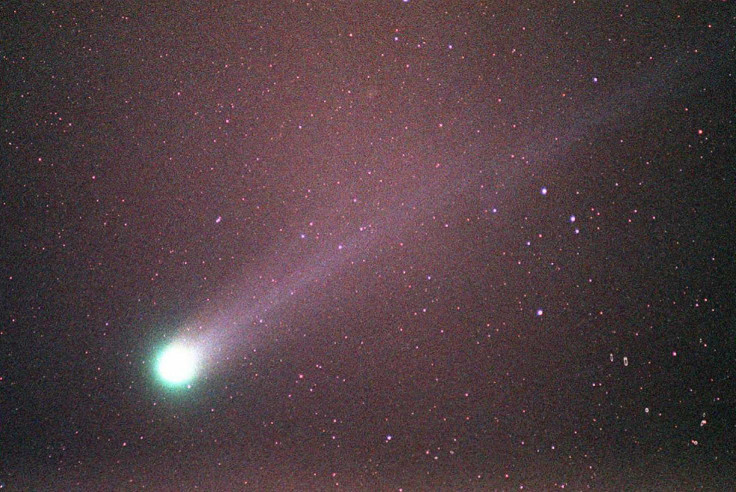NASA-Backed Study Warns 'Ongoing And Permanent' Threat Of Apocalyptic Comet Attack

Near-Earth objects (NEOs) such as asteroids or comets that occasionally approach close to Earth, pose risks to human lives, and for this reason, NASA’ Planetary Defense Conference aims to mitigate the possible effects of an impact.
However, previous simulations focused on deflecting near-Earth asteroids while neglecting the hazards of a possible comet threat. The lack of attention is due to the rarity of comets compared to asteroids.
The previous International Planetary Defense conferences conducted simulation exercises in preparation for potential asteroid impacts and to determine possible ways to respond to these events. Methods such as application of kinematic impacts, direct thrust applications, and surface alterations are possible ways to change the direction of asteroids when they are headed to our planet.
These simulation exercises demonstrate how NASA is able to detect approaching near-Earth asteroids decades or perhaps centuries before the possible impact, giving humanity quite some time to prepare its response.
However, an independent study of scientists from the University of California and California Polytechnic State University emphasized that the public should also be aware of the threats posted by apocalyptic comet attacks. This is because mitigating techniques for asteroid impacts could not all be applied to comets.
Research findings revealed that comets demonstrate a different orbital trajectory compared to asteroids, allowing them to only be discovered, at best, a few years before impact. This implies that counter-attacking or deflecting a possible comet collision could be a lot harder.
Orbital Deflection of Comets by Directed Energy Cometary impacts pose a long-term hazard to life on Earth. Impact mitigation techniques have been studied extensively, but they tend to focus on asteroid diversion. Typical asteroid interdictio... https://t.co/njX7k6xFW5 #astronomy
— AfricaAstronomy (@AfricaAstronomy) May 1, 2019
Also, previous studies suggesting planet Jupiter is the Earth’s natural shield against comets have been proven to be incorrect. Jupiter is actually acting as a “slingshot” that accelerates the space rocks' course towards the Earth. This comet could become “K-Pg-type impactors,” named after the comet that slammed into the Earth and brought the extinction of dinosaurs. Thus, this remains an ongoing and permanent threat to Earth.
Scientists suggested a “direct energy” deflection strategy for comets.
“Artificial heating of a comet, such as by a laser, may supplement natural heating by the Sun to purposefully manipulate its path and thereby avoid an impact,” scientists from the University of California and California Polytechnic State University wrote on their paper.
Their paper was accepted for publication by the Astronomical Journal on March 25.
© Copyright IBTimes 2024. All rights reserved.





















